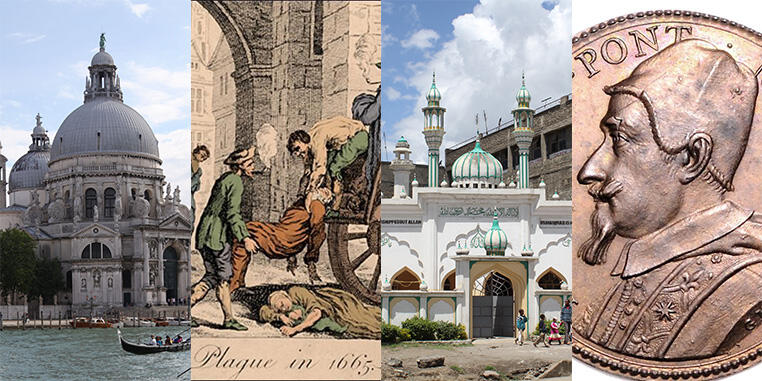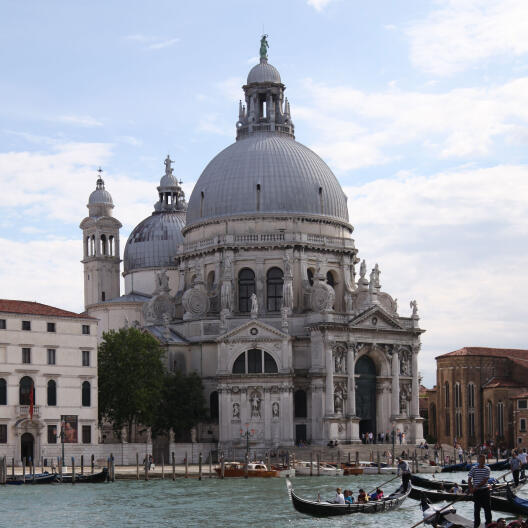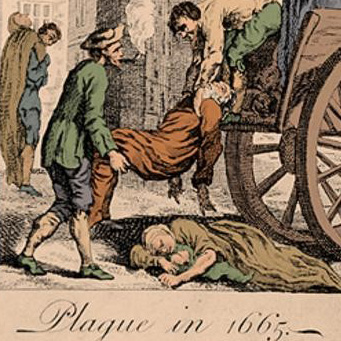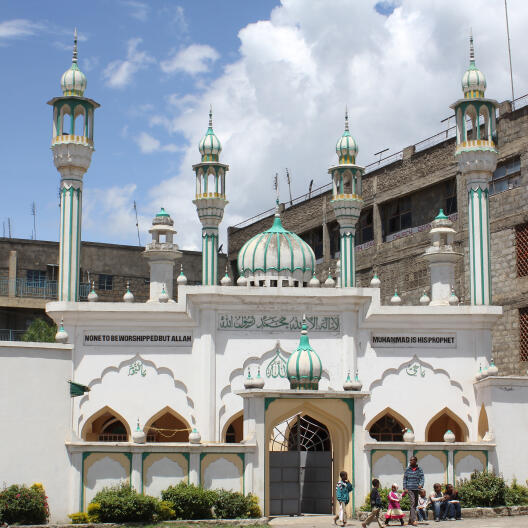GOD'S WILL/ GOD'S SUCCOUR? Religious interpretations of epidemics
Dossier "Epidemics. Perspectives from cultural studies"

Writing in Christ & Welt in February 2021, Peter Frey, editor-in-chief of the German television channel ZDF, criticized the churches for having gone underground during Corona, saying that, while it is true that the church is no longer portraying the pandemic as God’s punishment (as it used to do), it has not embraced a new creativity during the crisis. For Frey, there has been no spiritual depth to the pandemic and its consequences. In contrast, the Münster sociologist of religion Detlef Pollack said in an interview in March 2021, also in Christ & Welt, that it was right for the churches largely to refrain from interpreting the meaning of the pandemic, saying that the time when religion was responsible for solving all problems is long gone. For Pollack, many people probably do not interpret the crisis in religious terms, but rather perceive it as a medical and political problem only. The contributions in this dossier trace religious interpretations of epidemics, as they can be read in textual testimonies and images from past (and more devout centuries), but also turn their gaze to present-day Africa, for example.





